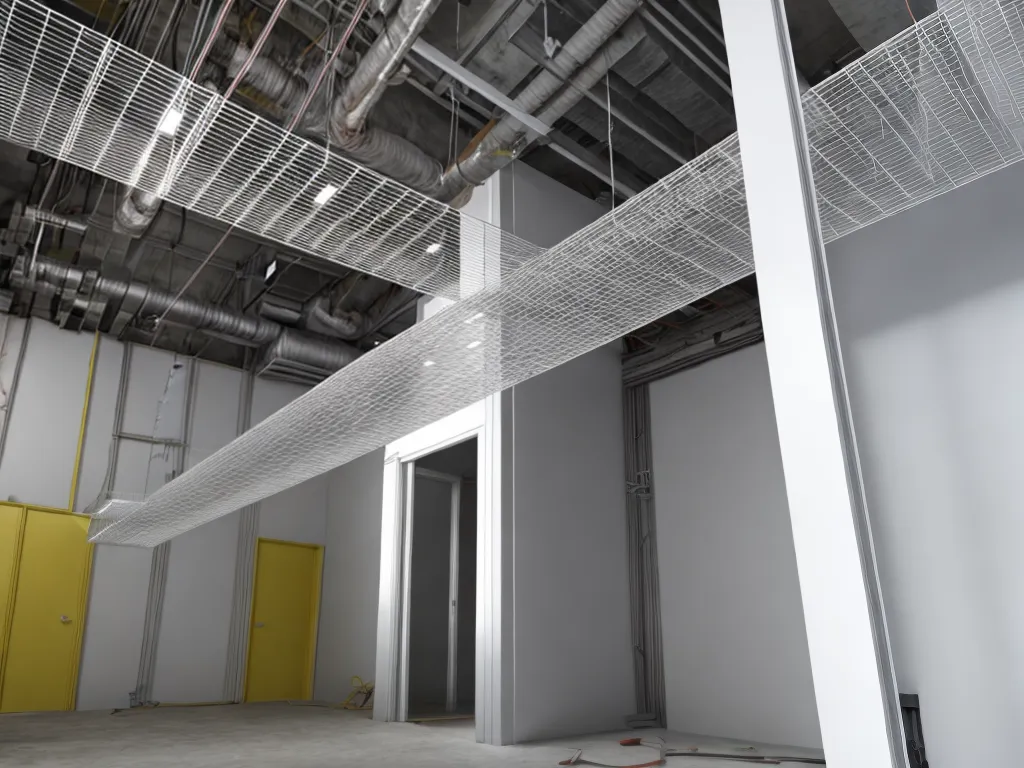
Assess Your Electrical Needs
When wiring a commercial building, the first step is to thoroughly assess your electrical needs. Consider what types of lighting, outlets, and equipment you'll need to power. Pay special attention to high demand items like HVAC systems, machinery, and appliances. Also factor in any future expansion plans. Accurately estimating your electrical load will ensure your system can handle current and future needs.
You'll also need to determine what voltage your electrical system should supply. Most commercial buildings use 277/480V 3-phase power, which provides more power at lower currents compared to 120/240V single phase. However, if your building has lighter electrical demands, 120/240V may suffice. Consult with an electrician to decide the right voltage and amperages.
Create an Electrical Layout
Next, map out an electrical layout for your building. Show where you want switches, outlets, lighting fixtures, panels, generators, and any hardwired equipment. Consider how you intend to use each space and where power will be needed.
For example, plan ample outlets and lighting in work areas, while minimal lighting may be needed in storage rooms. Also indicate any large equipment and its voltage/amperage requirements on the layout.
Creating a detailed electrical layout will simplify the installation process and provide an estimate of materials needed.
Choose the Right Electrical Components
Once you know your building's electrical needs and have a layout planned, it's time to select the necessary system components. Key aspects include:
-
Service panel - This distributes power from the utility or generator throughout the building. Choose a large enough amperage panel to handle your total load. 200A or 400A panels are common in commercial settings. Go with a higher capacity if you have heavy equipment demands.
-
Wire - For most commercial buildings, aluminum wire is the most cost effective option. Use large gauge wires like #1/0, #2/0, or #4/0 to handle heavy amperages. Use metal clad (MC) cable for feeders and flexible metal conduit for short branch circuits.
-
Breakers - Choose the right amperage branch circuit breakers to protect each circuit. Use bolt-on or plug-in breakers for easy installation and replacement.
-
Outlets and switches - Opt for commercial-grade 20A outlets and switches rated for repeated use. Install GFCI outlets in wet areas for safety.
-
Lighting - LED lights use far less energy than incandescent or fluorescent lighting, saving on energy costs. Purchase commercial recessed or suspended LED fixtures.
Consider DIY Installation
Installing electrical wiring yourself rather than hiring an electrician can lead to major cost savings, especially if you have a smaller building. However, there are cautions to keep in mind:
-
Check your local building codes - Commercial electrical work often requires permits and inspections. Doing the work under the table can risk fines.
-
Ensure you have electrical knowledge - Working with high voltage wires is extremely dangerous. Only attempt installation if you have training and experience.
-
Avoid overhead lines - Use qualified professionals for any work connecting to overhead utility lines. Contact your utility company for assistance.
-
Work safely - Turn off power, wear PPE, and use proper precautions to avoid injury. Have an electrician double check your work when done.
Leverage Cost Saving Strategies
There are also ways to reduce costs on materials and labor:
-
Buy electrical supplies in bulk - Check suppliers for volume discounts on wires, conduit, breakers, outlets, and other parts you'll need for the entire building.
-
Use lower cost conduit - EMT (electrical metallic tubing) can save over flexible conduit. It just takes more labor to install.
-
Hire apprentice electricians - Rather than only journeyman-level electricians, you can save on hourly rates by also using apprentice electricians under supervision.
-
Subcontract specialty work - Have an electrical contractor handle complicated or hazardous aspects like the service panel or overhead connections.
-
Do interior lighting yourself - Once the main system is installed, save by putting in basic lighting fixtures yourself.
In Summary
Wiring a commercial building on a tight budget takes careful planning, strategic material purchases, and either DIY labor or a mix of professional and apprentice electricians. But by following the steps outlined above, you can install a code-compliant electrical system that meets your needs at a fraction of the typical commercial cost. Just be sure to always make safety the top priority.